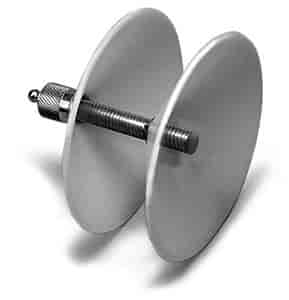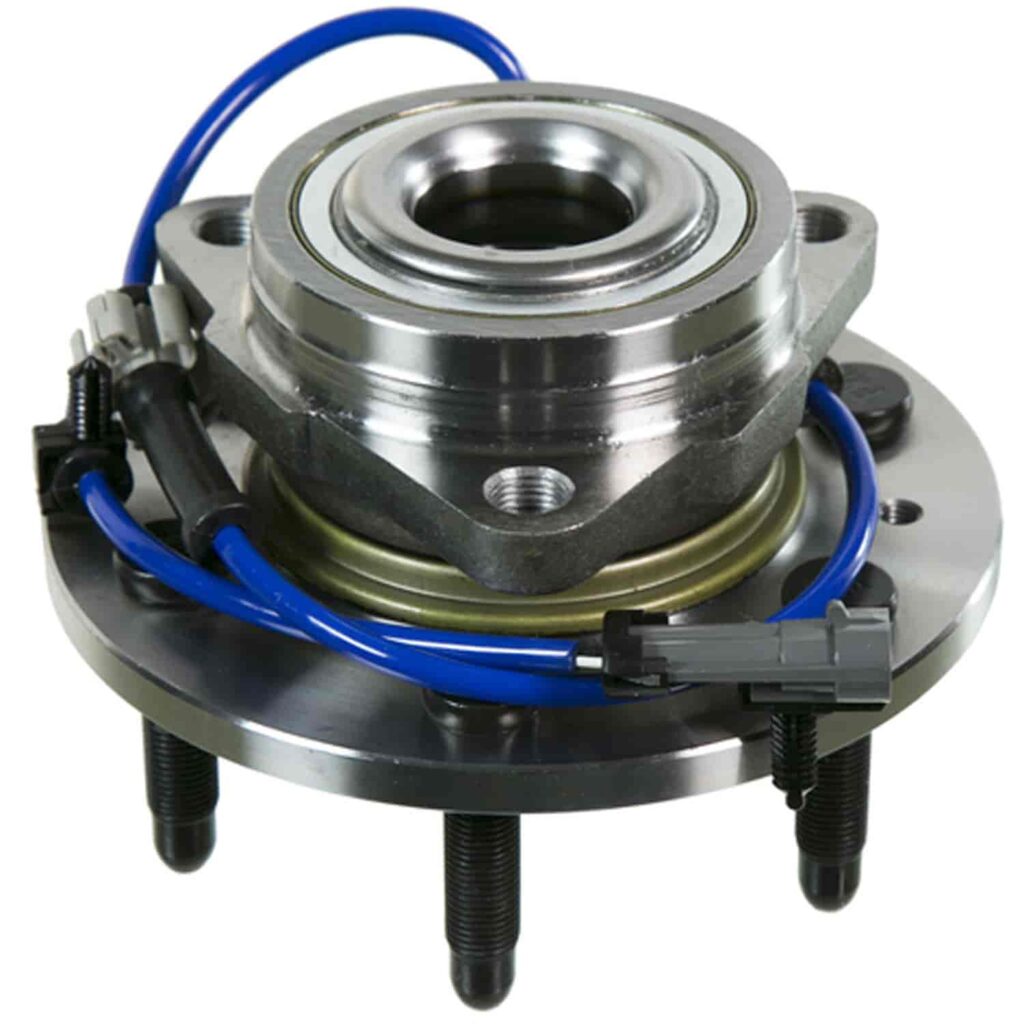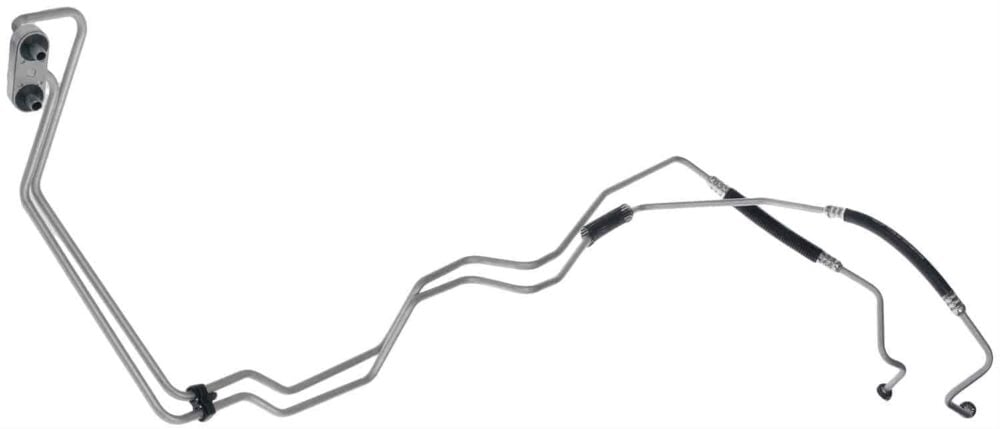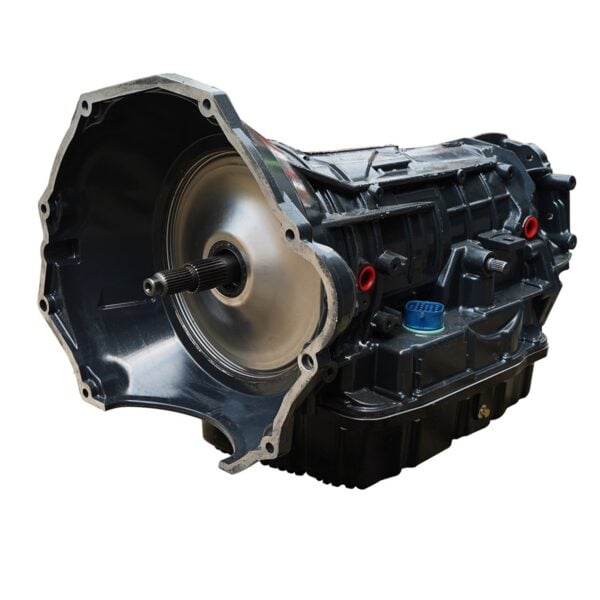Wheel bearings play an important part by allowing a vehicle to move with reduced friction and drag. It is important to understand what bearings do and how to maintain them. In this comprehensive maintenance guide are answers to the most common questions about wheel bearings:
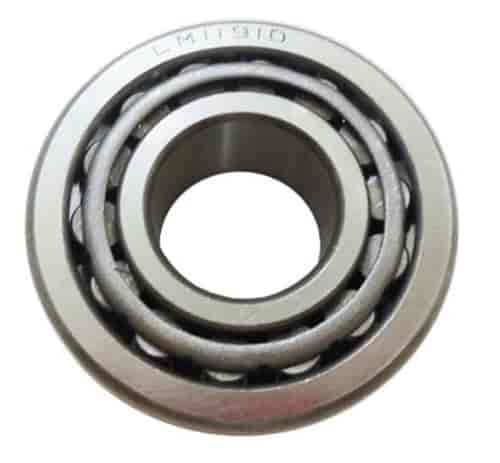
What Are Wheel Bearings?
Wheel bearings are vehicle components consisting of sets of steel balls or tapered rollers that rotate within a metal ring. Bearings enable wheels to rotate freely with reduced friction and wear on an axle or spindle.
How Long Do Wheel Bearings Last?
For most vehicles, bearings last around 100,000 miles. However, the life can be shorter or longer depending on bearing quality and vehicle driving conditions.
What Causes Wheel Bearings to Go Bad?
The main source that causes bad bearings is the driving environment. Exposure to dust, dirt, and water can cause the lubrication in bearings to become contaminated and to disintegrate. This creates more friction and heat, causing accelerated wear. Uneven roads, potholes, and jarring bumps can put both stress and strain on bearings causing them to wear as well.
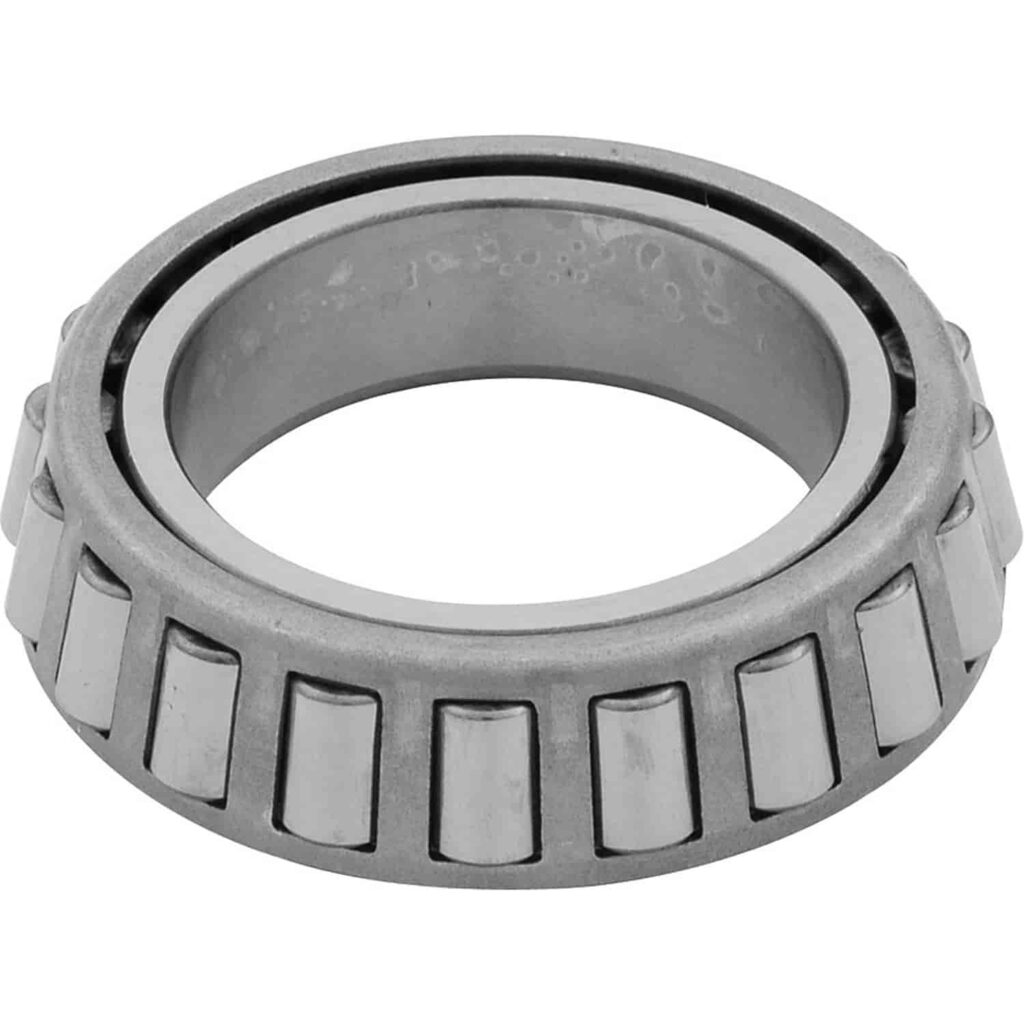
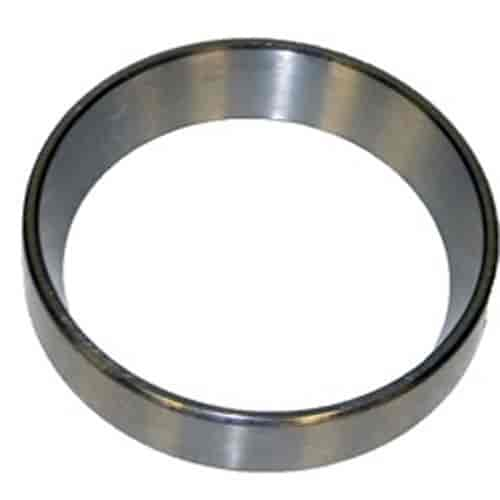
How To Check Wheel Bearings
There are different ways to check bearings. One of the best ways is to remove the wheel and brakes from the suspected corner of the vehicle. Next spin the hub containing the bearings and listen for noise. You can temporarily hand-tighten a wheel on the bearing hub to make it easier to spin the bearings and listen for noise as well. Another method of checking bearings is to shake the wheel in different directions to determine if there is excessive play.
How To Change And Pack Wheel Bearings
Completing our comprehensive maintenance guide to wheel bearings is how to replace and repack them. For older vehicles without sealed bearings, remove the wheels and then the brakes. For the front, remove the dust cap, cotter pin, nut retainer, thrust washer, and then the brake rotor. The rotor contains the inner and outer bearings. The races the bearings fit inside do not need to be removed unless they are worn. For rear bearings, remove the axles and and then carefully pull the bearings from the axle tubes. Once the bearings are removed, inspect them for wear or replace them. A bearing packer is helpful at injecting grease that will get to all areas of the bearing as this is required for installation of a new bearing. The bearing fits between two curved plates of the bearing packer tool. A grease gun is connected to a center rod. Grease is pumped through the rod, which then goes into the bearing from the inside-out. Once you can see grease coming evenly out of the bearing, it is packed and ready for installation. Remove any excess grease from the bearing other than the rollers. Then reinstall the bearings and new seals. For sealed bearings, the only option is to replace the whole hub. These are typically bolted to a spindle and may require disconnecting a wheel speed or abs sensor.
